Home>Dining>Tableware>What Defines A Counter Height Dining Table?
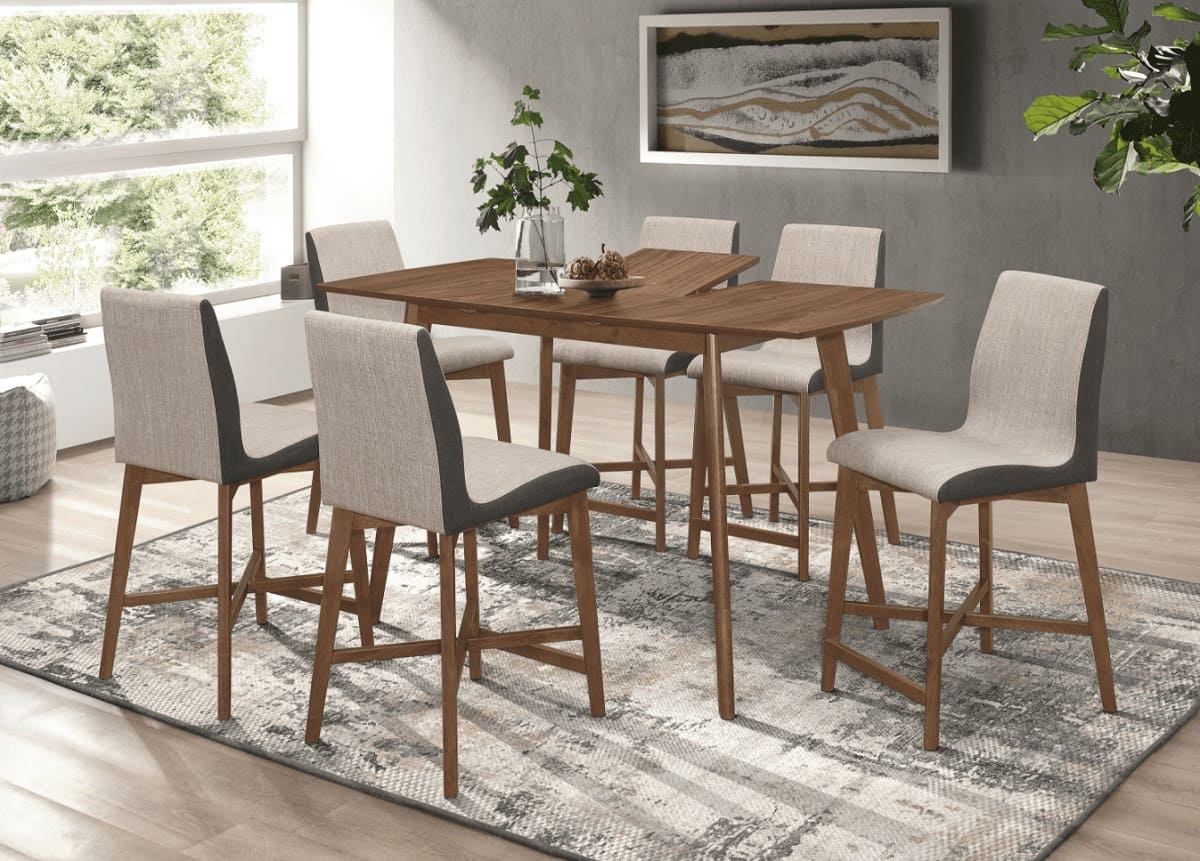

Tableware
What Defines A Counter Height Dining Table?
Modified: January 19, 2024
Discover the features and benefits of counter height dining tables, perfect for enhancing your dining experience. Explore our wide range of stylish tableware to complete your dining set.
(Many of the links in this article redirect to a specific reviewed product. Your purchase of these products through affiliate links helps to generate commission for Storables.com, at no extra cost. Learn more)
Introduction
Welcome to the world of tableware! Whether you are a passionate entertainer or simply love gathering around the dining table with your loved ones, having the right tableware can make all the difference in creating a memorable dining experience. One essential piece of tableware that often takes center stage is the dining table itself. In recent years, counter height dining tables have gained popularity for their unique design and functionality.
Counter height dining tables are defined by their taller height compared to traditional dining tables. While standard dining tables typically range from 28 to 30 inches in height, counter height dining tables measure between 34 to 36 inches. This slight elevation not only adds a touch of elegance to your dining space, but it also offers a range of benefits that make it a preferred choice for many homeowners.
Height Specifications
The key distinguishing feature of a counter height dining table is its elevated height. This increase in height offers several advantages. Firstly, it provides a more casual and relaxed dining experience. The taller height allows for a more comfortable seating position, especially for taller individuals. It creates a sense of intimacy and encourages conversation, as everyone is comfortably sitting at the same eye level.
In terms of dimensions, counter height dining tables typically have a surface that ranges between 36 to 42 inches in height. This additional height not only makes it easier to reach and serve food, but it also provides ample legroom, allowing guests to dine in comfort. It’s important to consider the available space in your dining area and the desired number of seats when choosing the size of your counter height dining table.
Benefits of Counter Height Tables
- Elevated Style: Counter height dining tables exude a contemporary and modern vibe, adding a touch of sophistication to any dining space. Whether you prefer a sleek and minimalist design or a more rustic and farmhouse-inspired look, there is a counter height table to suit every style.
- Space-Saving Solution: If you have limited floor space, counter height dining tables are a fantastic option. Their taller height gives the illusion of a larger space, making your dining area feel more open and airy. Additionally, many counter height tables feature storage options such as shelves or drawers, providing extra space to stow away dining essentials.
- Versatility: One of the biggest advantages of counter height dining tables is their versatility. They can be used not only for dining purposes but also as a multi-functional piece of furniture. From serving as a workspace for homework or crafts to doubling as a serving area for parties, counter height tables offer endless possibilities.
Key Takeaways:
- Elevate Your Dining Experience with a Counter Height Table
Counter height dining tables offer a casual, intimate dining experience with ample legroom and a contemporary aesthetic. Perfect for social gatherings and versatile functionality, they add a touch of sophistication to any home. - Considerations for Choosing the Perfect Counter Height Table
When selecting a counter height dining table, consider size, style, construction, and functionality. Balance aesthetics, comfort, and budget to find the ideal table that complements your dining space and lifestyle.
Read more: How To Build A Counter Height Dining Table
Height Specifications
Counter height dining tables are defined by their taller height compared to traditional dining tables. While standard dining tables typically range from 28 to 30 inches in height, counter height dining tables measure between 34 to 36 inches. This slight elevation not only adds a touch of elegance to your dining space but also offers a range of benefits that make it a preferred choice for many homeowners.
The key distinguishing feature of a counter height dining table is its elevated height. This increase in height offers several advantages. Firstly, it provides a more casual and relaxed dining experience. The taller height allows for a more comfortable seating position, especially for taller individuals. It creates a sense of intimacy and encourages conversation, as everyone is comfortably sitting at the same eye level.
In terms of dimensions, counter height dining tables typically have a surface that ranges between 36 to 42 inches in height. This additional height not only makes it easier to reach and serve food, but it also provides ample legroom, allowing guests to dine in comfort. It’s important to consider the available space in your dining area and the desired number of seats when choosing the size of your counter height dining table.
In addition to the height, counter height dining tables come in various shapes and sizes. The most common shapes include square, rectangular, and round. Square and rectangular tables are ideal for larger dining areas and can accommodate more people. On the other hand, round counter height tables are perfect for smaller spaces or for creating a cozy dining nook.
When it comes to seating, counter height dining tables are complemented by tall stools or chairs. These seating options typically have a seat height of 24 to 26 inches, aligning with the elevated height of the table. It’s important to choose stools or chairs that provide proper back support and are comfortable for extended periods of sitting.
It’s worth noting that counter height dining tables may not be suitable for everyone. For households with young children or individuals with limited mobility, the taller height may pose challenges. It’s important to consider the needs and preferences of your household members when deciding on the appropriate dining table height.
Overall, counter height dining tables provide a unique and stylish alternative to traditional dining tables. Their elevated height offers a more relaxed dining experience, ample legroom, and a contemporary aesthetic. Whether you’re entertaining guests or enjoying a cozy meal with your family, a counter height dining table can elevate your dining space to new heights.
Benefits of Counter Height Tables
- Elevated Style: Counter height dining tables exude a contemporary and modern vibe, adding a touch of sophistication to any dining space. Whether you prefer a sleek and minimalist design or a more rustic and farmhouse-inspired look, there is a counter height table to suit every style.
- Space-Saving Solution: If you have limited floor space, counter height dining tables are a fantastic option. Their taller height gives the illusion of a larger space, making your dining area feel more open and airy. Additionally, many counter height tables feature storage options such as shelves or drawers, providing extra space to stow away dining essentials.
- Versatility: One of the biggest advantages of counter height dining tables is their versatility. They can be used not only for dining purposes but also as a multi-functional piece of furniture. From serving as a workspace for homework or crafts to doubling as a serving area for parties, counter height tables offer endless possibilities.
- Social Interaction: Counter height tables foster a more social dining experience. The elevated height puts everyone at eye level, making it easier for conversations to flow and creating a sense of togetherness. Whether you’re hosting a dinner party or enjoying a meal with your family, the elevated height of a counter height table encourages interaction and connection.
- Casual Dining Experience: Counter height tables provide a more relaxed and casual dining experience. The higher seat position allows for a more comfortable and natural posture, making it easier to enjoy meals for extended periods of time. This is especially beneficial for individuals who struggle with back or joint discomfort.
- Adds Visual Interest: Counter height dining tables add visual interest and dimension to your dining space. Their taller height creates a focal point that draws the eye, making a statement in your home. Paired with the right chairs or stools, counter height tables can become a stylish centerpiece that elevates the overall aesthetics of your dining area.
- Perfect for Entertaining: If you enjoy hosting gatherings or dinner parties, a counter height dining table can be your best friend. The elevated height allows your guests to mingle comfortably while enjoying food and drinks. It creates a more relaxed and casual atmosphere, perfect for hosting memorable events.
Counter height dining tables offer a plethora of benefits that go beyond their elevated height. From their versatile functionality to their stylish aesthetics, these tables have become a sought-after choice for homeowners looking to create a unique and inviting dining experience. Whether you’re searching for a space-saving solution or wanting to add a touch of elegance to your dining area, a counter height dining table might be the perfect addition to your home.
Styles and Designs
Counter height dining tables come in a wide range of styles and designs, allowing you to find the perfect match for your personal taste and home decor. Whether you prefer a more traditional look or a contemporary aesthetic, there are plenty of options to choose from.
Traditional: For those who appreciate classic elegance, traditional counter height dining tables feature rich wood finishes, intricate carvings, and ornate detailing. These tables often have a more formal and timeless design, making them a great choice for formal dining rooms or traditional interiors.
Modern: Sleek lines, minimalist silhouettes, and clean finishes define modern counter height dining tables. These tables exude a contemporary and streamlined look that lends itself well to modern and minimalist home decor. They often feature materials such as glass, metal, or acrylic, adding a touch of sophistication to any dining space.
Rustic/Farmhouse: If you prefer a more relaxed and rustic vibe, consider a counter height dining table with a farmhouse or rustic design. These tables often feature natural wood finishes, distressed details, and a cozy, inviting feel. They are perfect for creating a warm and welcoming atmosphere in your dining area.
Industrial: For an edgy and urban look, opt for an industrial-style counter height dining table. These tables typically feature a combination of materials such as metal and reclaimed wood. With their raw and unfinished aesthetics, industrial dining tables add a unique and modern touch to any space.
Mix and Match: Another popular trend is to mix and match different styles, creating an eclectic and personalized look. You can combine a sleek and modern table with vintage-inspired chairs, or pair a rustic table with contemporary stools. This allows you to create a truly unique dining space that reflects your individual style and personality.
When selecting a style, consider the overall theme of your home decor and the ambiance you want to create in your dining area. It’s important to choose a style that complements the existing furniture and accessories in your space, creating a cohesive and harmonious look.
In addition to the style, consider the shape and size of the table. Counter height dining tables come in various shapes, including square, rectangular, and round. Each shape has its own advantages and suits different room layouts and purposes. For example, a rectangular table is great for larger dining areas and can accommodate more guests, while a round table is ideal for smaller spaces and promotes easier conversation.
Ultimately, the style and design of your counter height dining table play a crucial role in setting the tone and ambiance of your dining area. Whether you prefer classic elegance, modern sophistication, or a rustic farmhouse feel, there is a counter height dining table style that will enhance the overall aesthetics of your home.
When choosing a counter height dining table, consider the height of the table in relation to the height of the chairs. The standard height for a counter height table is around 34-36 inches, so make sure to choose chairs that are the appropriate height for comfortable seating.
Materials and Construction
When it comes to counter height dining tables, the choice of materials and construction can greatly impact the durability, aesthetics, and functionality of the table. Here are some common materials and construction techniques used in the manufacturing of counter height dining tables:
Wood: Wood is a popular choice for counter height dining tables due to its durability, versatility, and natural beauty. Hardwoods such as oak, maple, and mahogany are commonly used as they are resistant to wear and tear. Wood tables can be stained or painted to match any decor style, and they provide warmth and a classic appeal to the dining space.
Glass: Glass-top counter height tables offer a sleek and modern design. These tables typically feature a tempered glass tabletop that is easy to clean and resistant to scratches and stains. The transparency of the glass creates a sense of openness, making it an excellent choice for smaller spaces or to visually expand the dining area.
Metal: Metal counter height dining tables are known for their durability and contemporary aesthetic. Commonly used metals include stainless steel, aluminum, and wrought iron. These tables are often paired with glass or wood tabletops to create a stylish and unique look. Metal tables are typically lightweight, making them easy to move around and clean.
Composite and Engineered Woods: Composite and engineered woods such as MDF (Medium-Density Fiberboard) or plywood are commonly used in the construction of counter height dining tables. These materials offer a more affordable alternative to solid wood while still providing stability and durability. Composite woods are often finished with a veneer or laminate to mimic the appearance of natural wood.
Veneer: Veneer is a thin layer of real wood that is applied to a core material, such as plywood or MDF. Veneered counter height tables offer the look and feel of solid wood at a more affordable price. It is important to note that veneer may be less resistant to scratches and water damage compared to solid wood.
When considering the construction of the table, look for sturdy joinery techniques such as mortise and tenon or dovetail joints. These techniques ensure that the table is securely assembled and can withstand regular use. Pay attention to the overall stability of the table, ensuring that it does not wobble or feel flimsy.
Additionally, consider the finishes and coatings applied to the table. A protective finish, such as lacquer or polyurethane, helps to safeguard the table from spills, stains, and general wear. It is recommended to choose a finish that is easy to clean and maintain.
Overall, the choice of materials and construction techniques for your counter height dining table will depend on your preferences, budget, and desired durability. By selecting high-quality materials and well-constructed tables, you can ensure that your dining table will not only be a stylish centerpiece but also a long-lasting investment for years to come.
Pros and Cons
Counter height dining tables offer a unique and stylish alternative to traditional dining tables. While they come with a range of benefits, it’s important to consider the potential drawbacks as well. Let’s take a look at the pros and cons of counter height dining tables:
Pros:
- Elevated Seating Position: The increased height of counter height tables provides a more comfortable seating position, especially for taller individuals. It also creates a sense of intimacy and encourages conversation, as everyone is comfortably sitting at the same eye level.
- Visually Appealing: Counter height dining tables add a touch of sophistication and visual interest to any dining space. They can serve as a stylish centerpiece that elevates the overall aesthetics of your home.
- Space-Saving: The taller height of counter height dining tables gives the illusion of a larger space, making your dining area feel more open and airy. Additionally, many counter height tables come with storage options such as shelves or drawers, providing extra space to stow away dining essentials.
- Versatility: Counter height tables are not only used for dining purposes but can also serve as multi-functional pieces of furniture. From workspaces to serving areas, these tables offer versatility to suit different needs.
- Social Interaction: With its elevated height, counter height tables foster a more social dining experience. It enables easier eye contact and encourages conversations to flow, creating a sense of togetherness.
Cons:
- Inconvenient for Some: The taller height of counter height tables may not be suitable for everyone. It may pose challenges for households with young children or individuals with limited mobility. It’s important to consider the needs and preferences of your household members before opting for a counter height table.
- Limited Options for Seating: Counter height dining tables require taller stools or chairs to match the elevated height. Finding the right seating options that provide proper back support and comfort might be more challenging compared to standard dining tables.
- Less Formal: Counter height tables are often associated with a more casual and relaxed dining experience. If you prefer a more formal ambiance for special occasions, a standard dining table may be more appropriate.
- Not Ideal for Small Spaces: The taller height of counter height tables may not work well in small dining areas with low ceilings. It can create a disproportionate look and make the space feel cramped.
Ultimately, the decision to choose a counter height dining table depends on your personal preference, lifestyle, and the specific needs of your household. Carefully weigh the pros and cons and consider the overall functionality and aesthetics of your dining area before making a final choice.
Choosing the Right Counter Height Dining Table
Choosing the right counter height dining table is essential to create a functional and stylish dining space that suits your needs and preferences. Here are some important factors to consider when selecting the perfect table:
Size and Shape: Assess the available space in your dining area and determine the appropriate size and shape of the table. Consider how many people you need to accommodate and ensure there is enough room for comfortable seating and movement around the table. Square or rectangular tables are great for larger dining areas, while round tables are ideal for smaller spaces or creating a cozy dining nook.
Style and Design: Choose a style and design that matches your personal taste and home decor. Whether you prefer a traditional, modern, rustic, or industrial look, there is a counter height dining table to suit every style. Consider the materials, finishes, and overall aesthetics that will complement your existing furniture and create a cohesive look in your dining area.
Construction and Durability: Look for a well-constructed table that will withstand regular use and provide long-lasting durability. Pay attention to the stability of the table and the quality of joinery techniques used in its construction. Consider the materials used and choose one that fits your desired level of durability and maintenance requirements.
Comfortable Seating: Don’t forget to consider the seating options that will accompany your counter height dining table. Look for stools or chairs that are comfortable, provide proper back support, and are designed to match the height of the table. Consider materials, cushioning, and ergonomic design to ensure a comfortable dining experience.
Functionality: Assess the additional features and functionality you desire in a counter height dining table. Some tables come with built-in storage options such as shelves or drawers, which can be useful for organizing dining essentials. Consider if you need a table that can extend or convert for larger gatherings or if you prefer a fixed size.
Budget: Set a budget for your counter height dining table and consider the quality and features that are most important to you within that budget. Remember to balance cost with durability and aesthetics to find the best value for your investment.
Reviews and Recommendations: Before making a final decision, read reviews and seek recommendations from friends or family who have purchased counter height dining tables. Their experiences can provide valuable insights into the quality, durability, and overall satisfaction with different brands or models.
By considering these factors, you can choose a counter height dining table that not only fits your dining area but also complements your style and lifestyle. Remember, it’s important to strike a balance between aesthetics, functionality, and budget to find the perfect table that will enhance your dining space for years to come.
Conclusion
Counter height dining tables offer a unique and stylish option for enhancing your dining space. With their elevated height and diverse designs, these tables provide a range of benefits that can elevate your dining experience. From the casual and relaxed atmosphere they create to the visual appeal they bring to your home, counter height dining tables have become a popular choice for many homeowners.
When choosing a counter height dining table, it’s important to consider factors such as size, style, construction, and functionality. Assess the available space in your dining area and determine the appropriate size and shape of the table. Consider your personal style and the overall aesthetic of your home, selecting a design that complements your existing decor. Look for a well-constructed table that is durable and stable, ensuring it will withstand regular use. Additionally, think about the practicalities and functionality you require, such as built-in storage options or the ability to extend the table for larger gatherings.
While there are numerous advantages to counter height dining tables, such as their elevation providing a more comfortable seating position and encouraging social interaction, there are also some potential drawbacks to consider. These include the limited options for seating and the fact that they may not be suitable for small spaces or formal dining occasions. It’s important to weigh the pros and cons and consider your specific needs and preferences before making a decision.
Ultimately, a well-chosen counter height dining table can be the centerpiece of your dining area, creating a welcoming and stylish space for meals and gatherings. Whether you prefer a traditional, modern, rustic, or industrial style, there is a counter height dining table to suit your taste. By carefully considering the size, style, construction, and functionality, you can find the perfect table that will enhance your dining space and bring years of enjoyment to your home.
Frequently Asked Questions about What Defines A Counter Height Dining Table?
Was this page helpful?
At Storables.com, we guarantee accurate and reliable information. Our content, validated by Expert Board Contributors, is crafted following stringent Editorial Policies. We're committed to providing you with well-researched, expert-backed insights for all your informational needs.
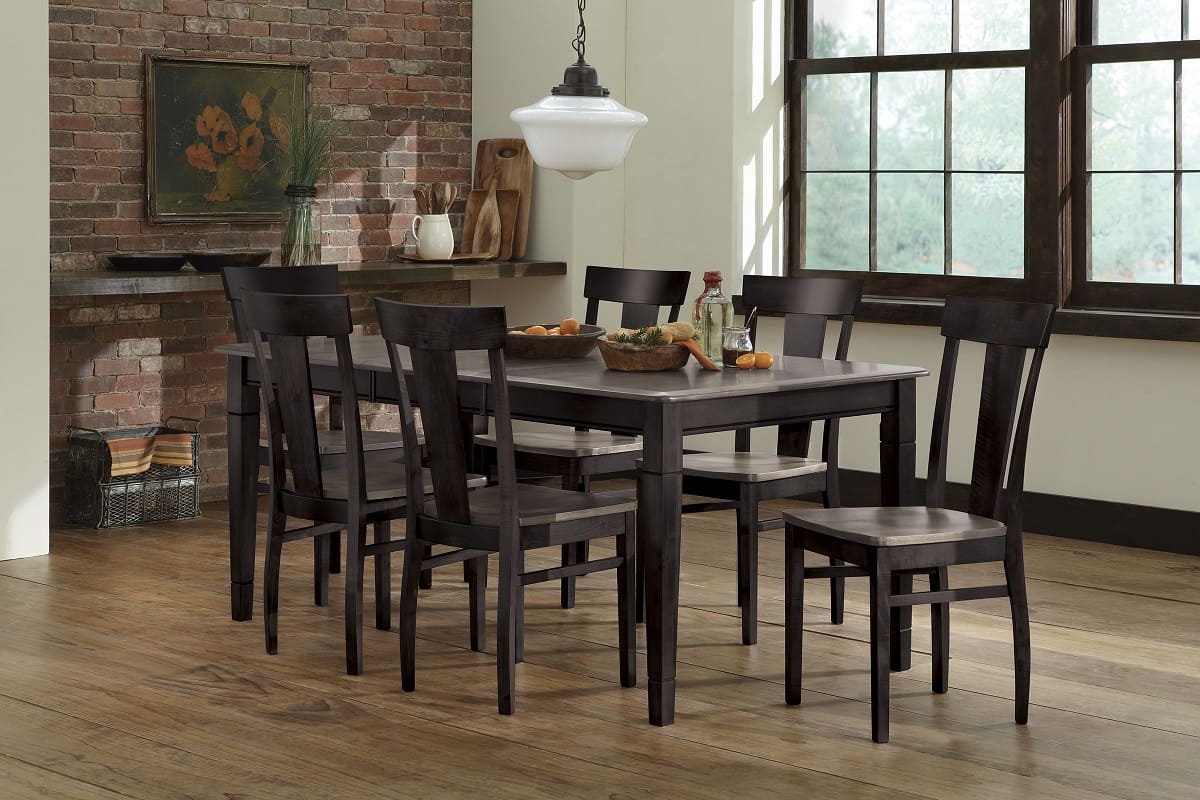
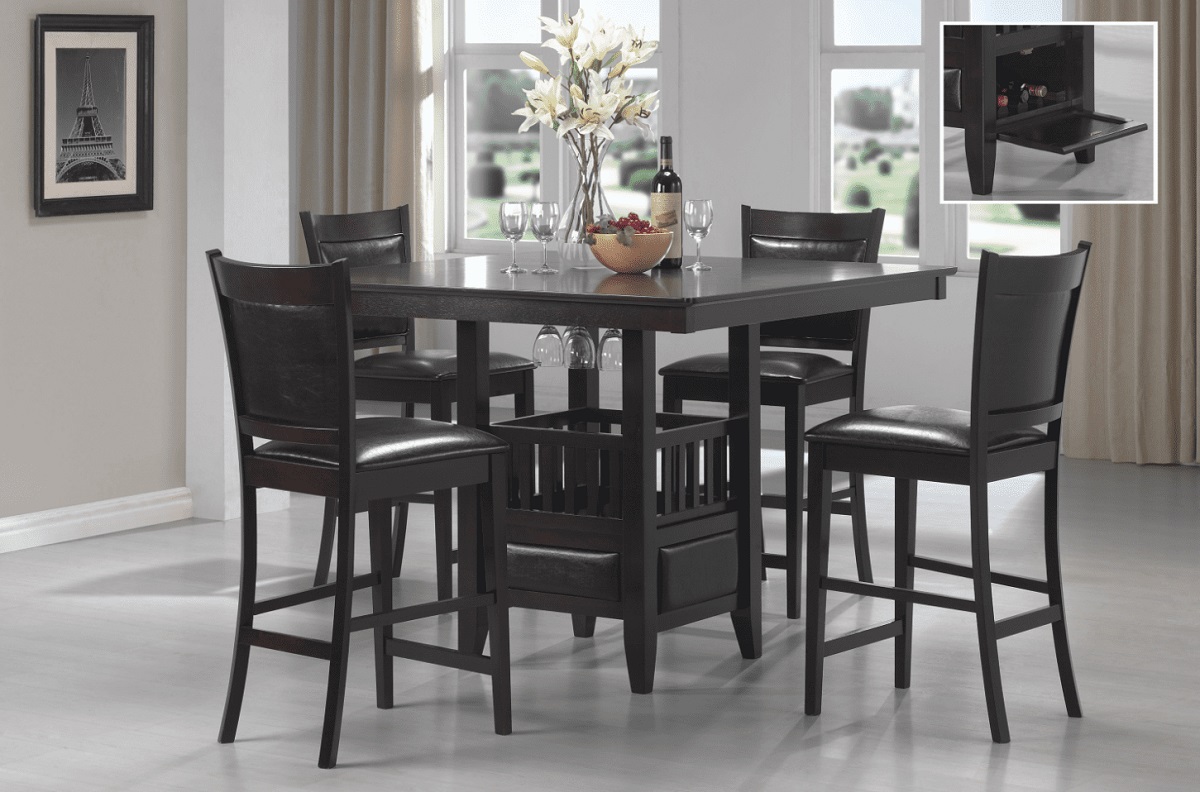
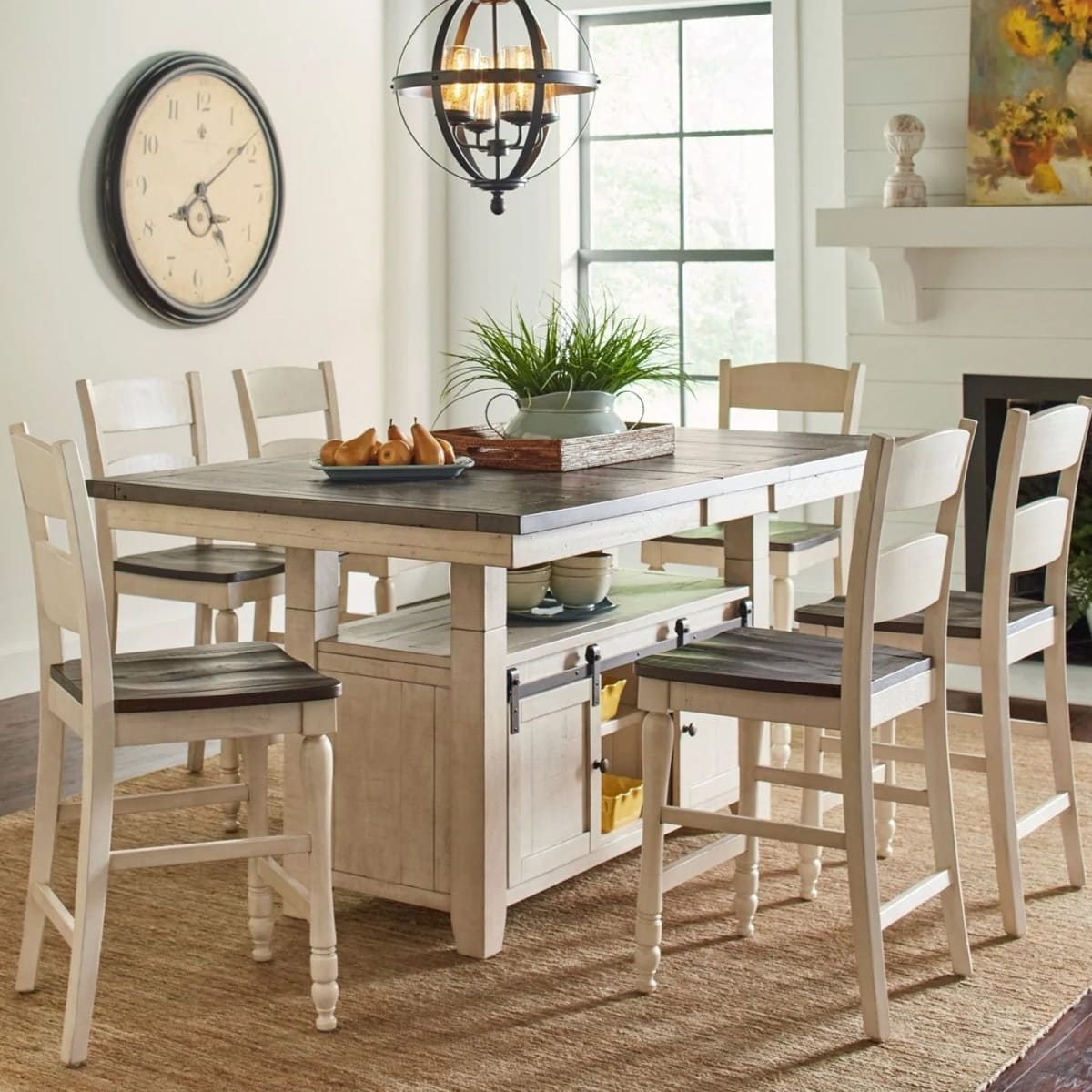
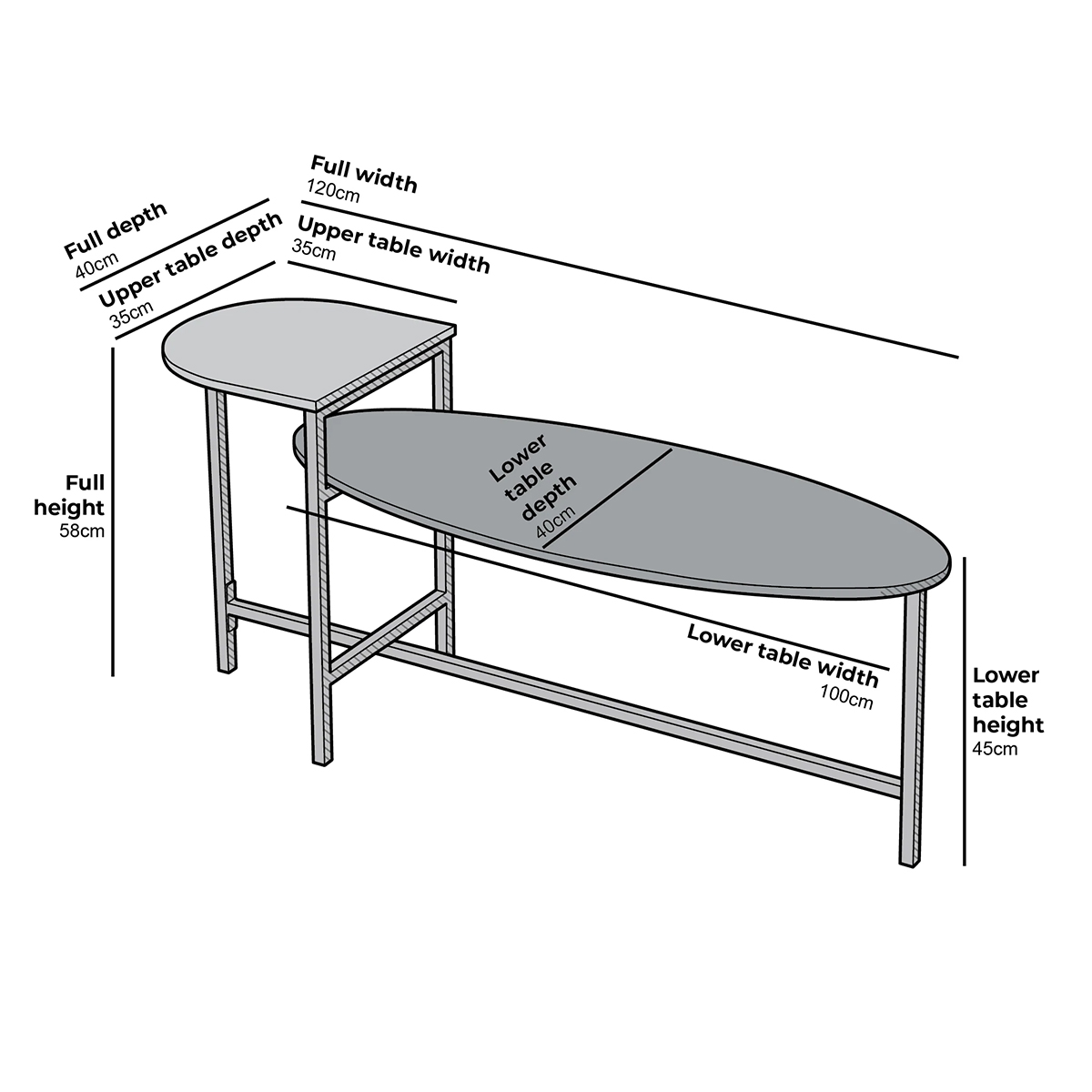
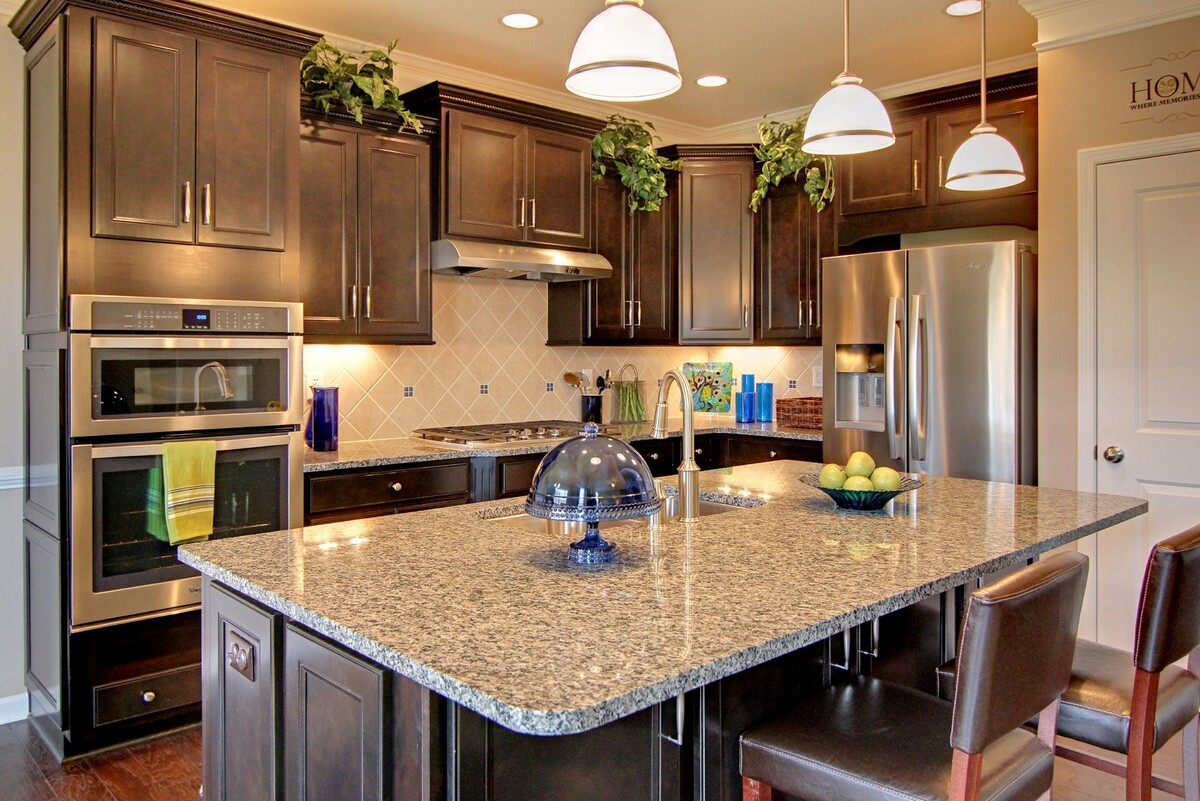
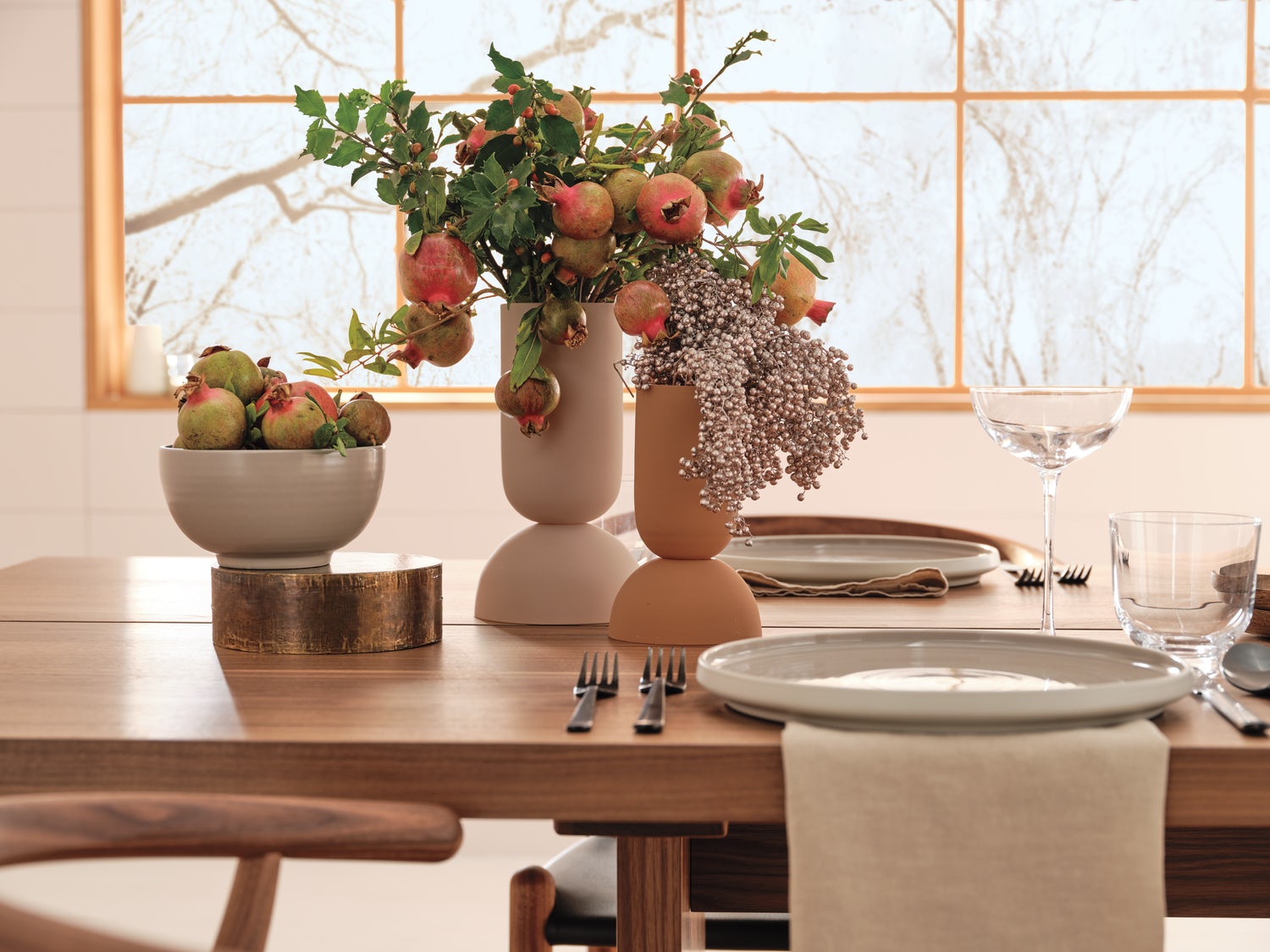

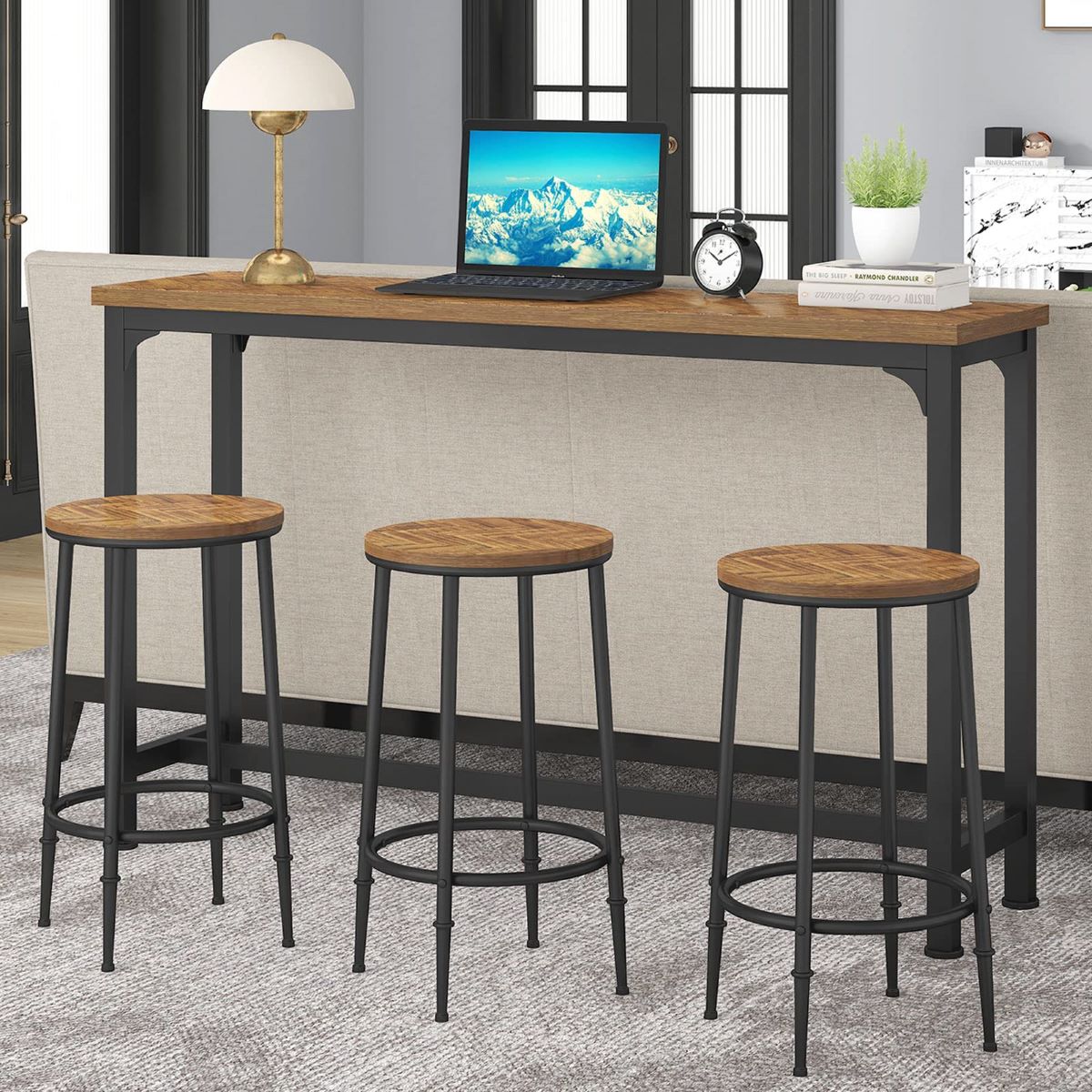
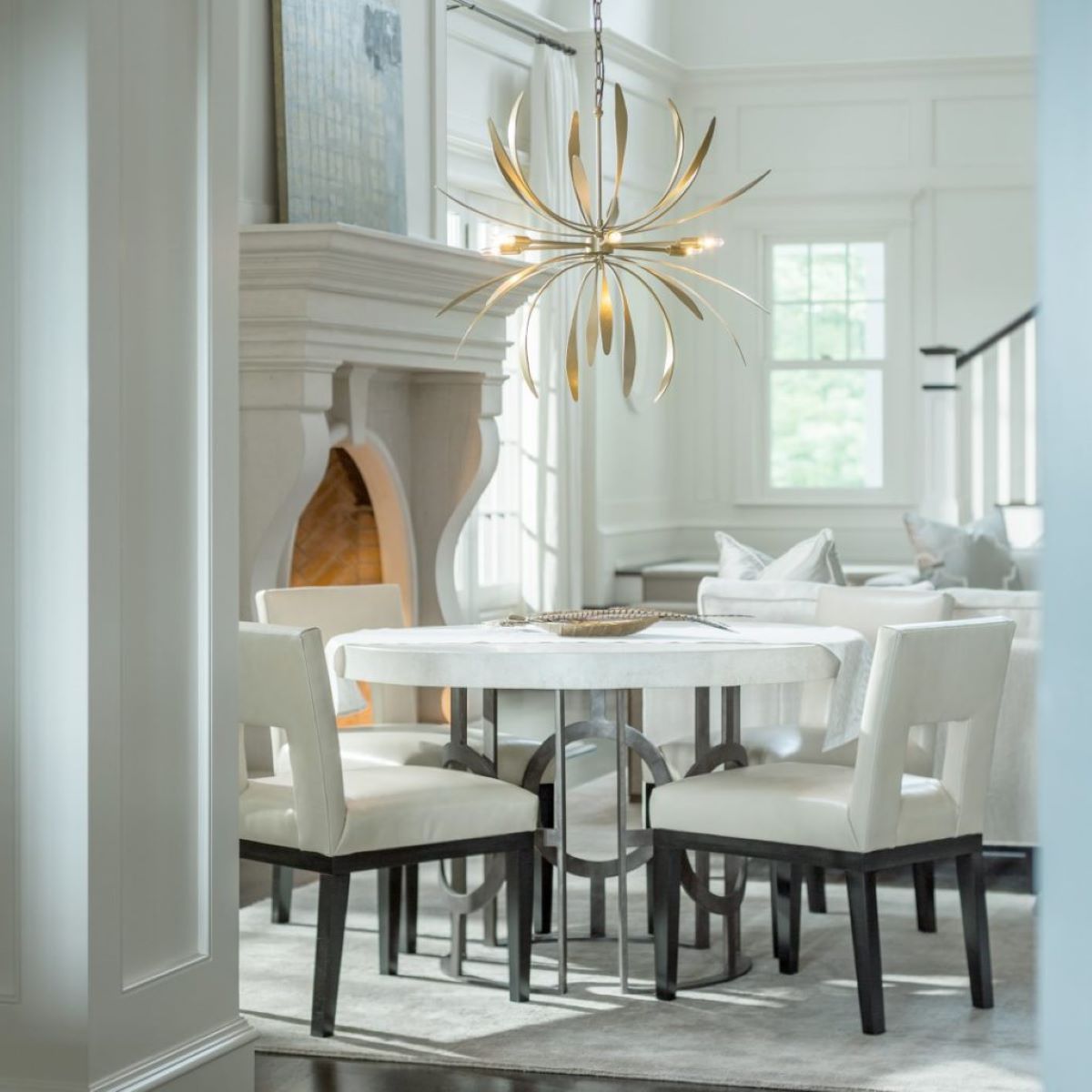
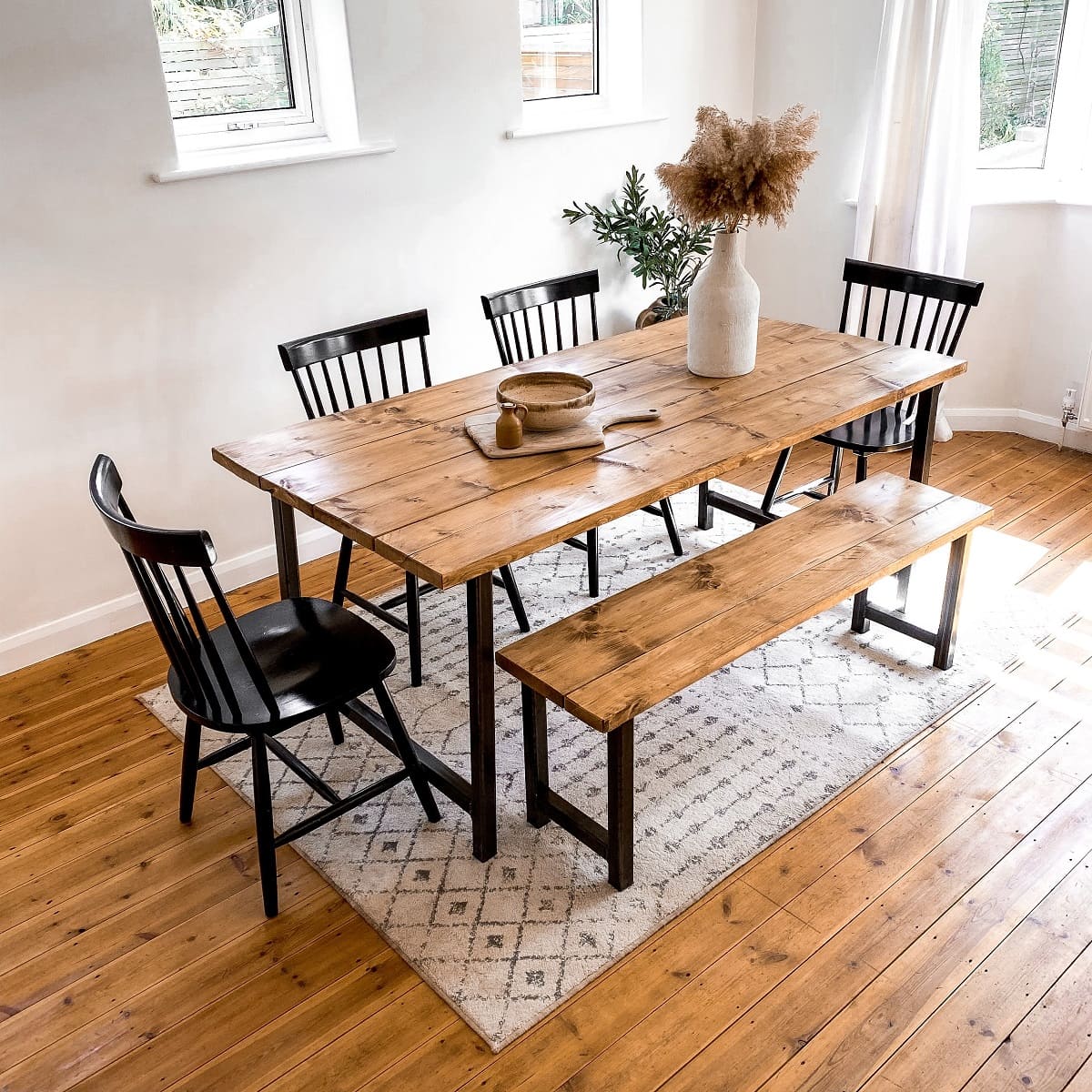
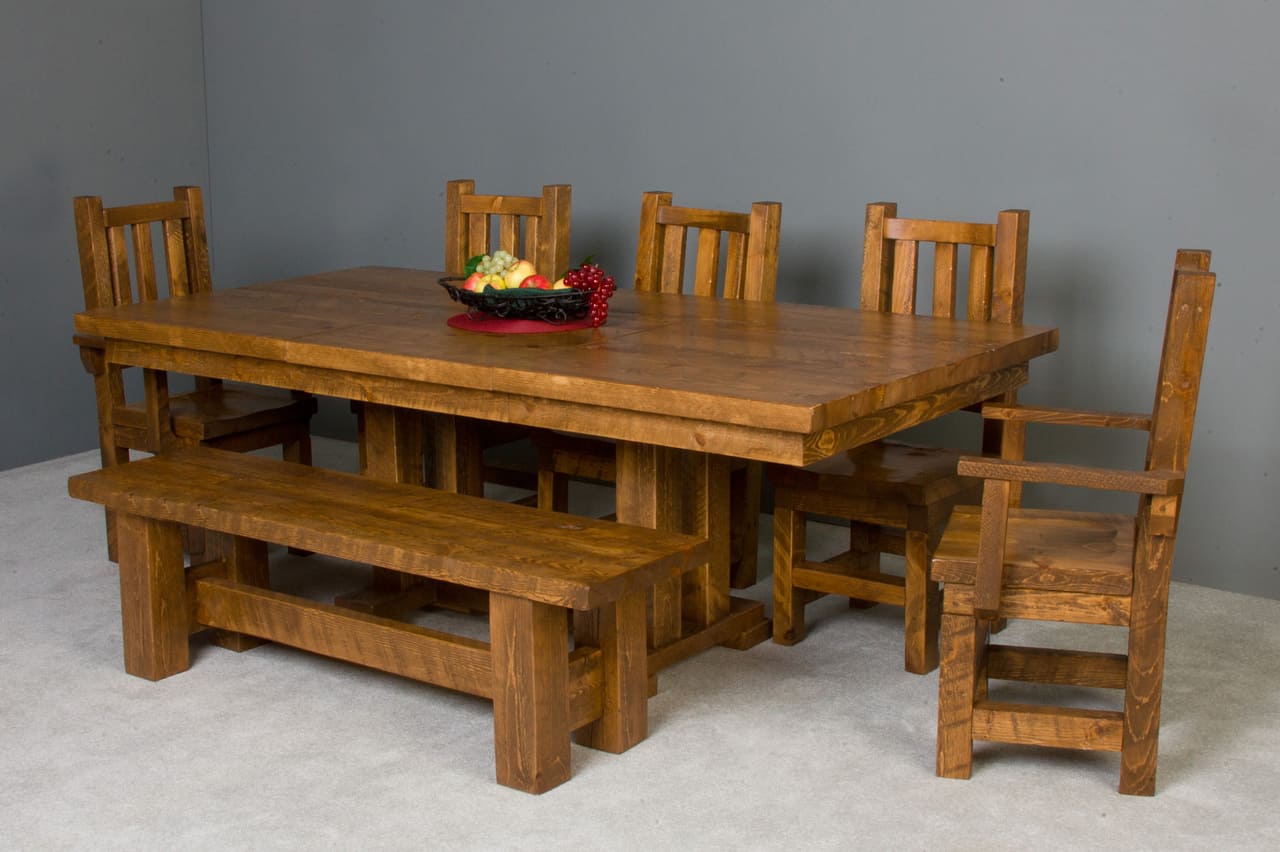
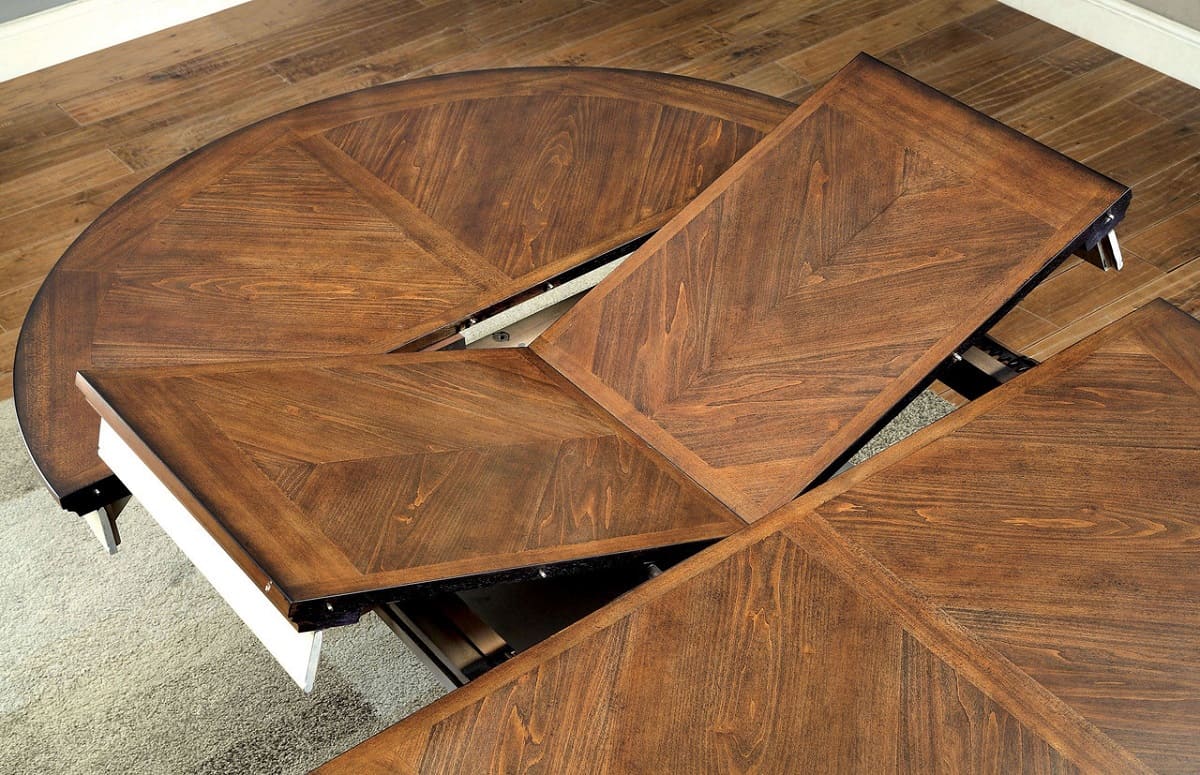
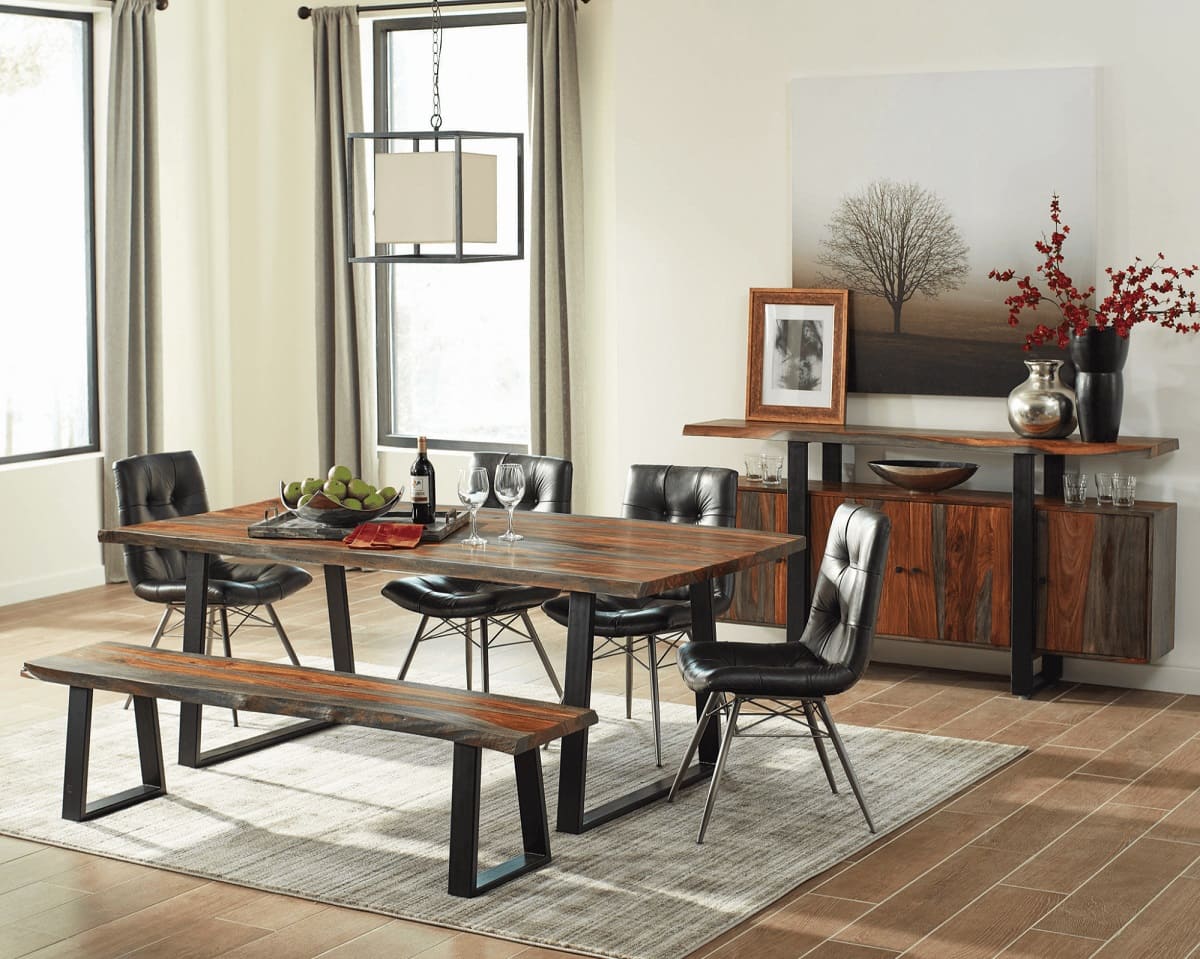
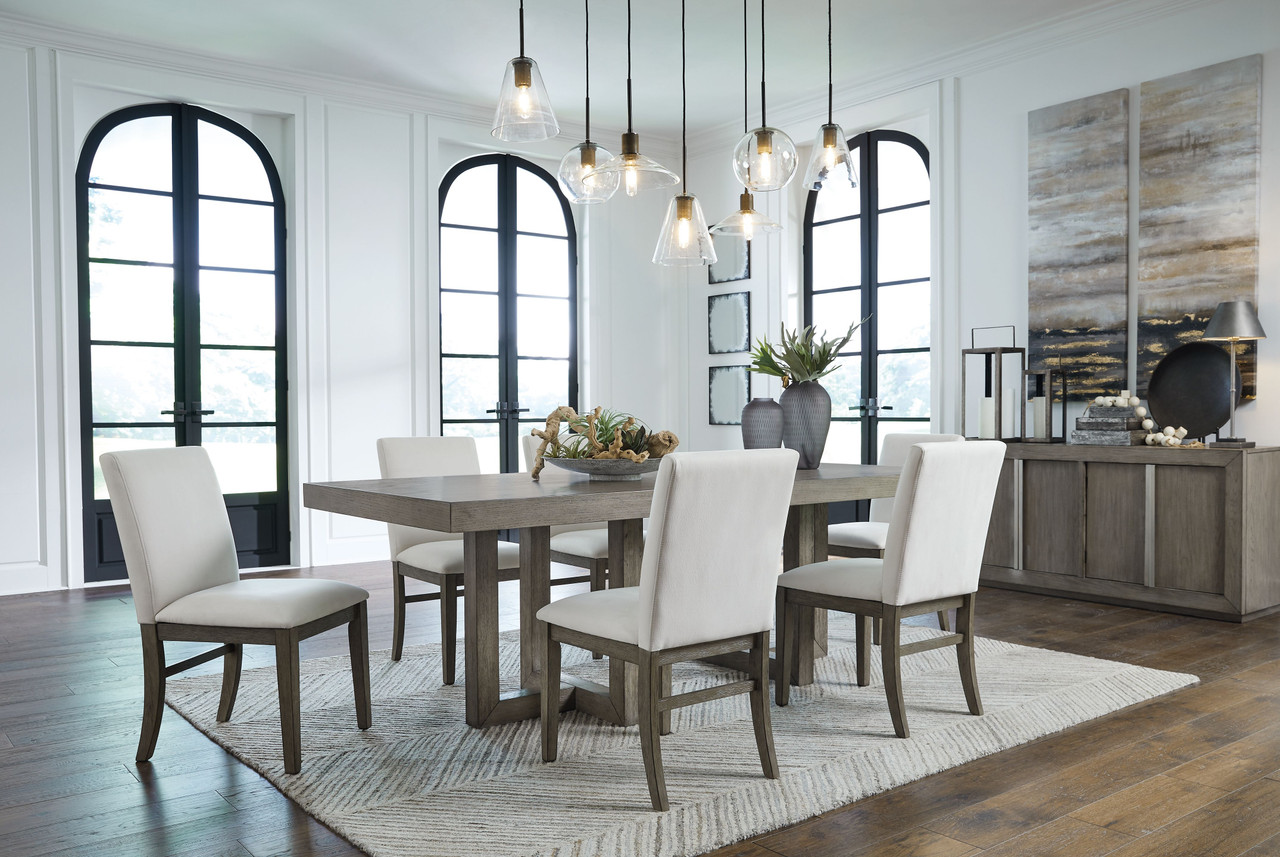

0 thoughts on “What Defines A Counter Height Dining Table?”